Thousands of penguins near Vernadsky station: Scientists share photos
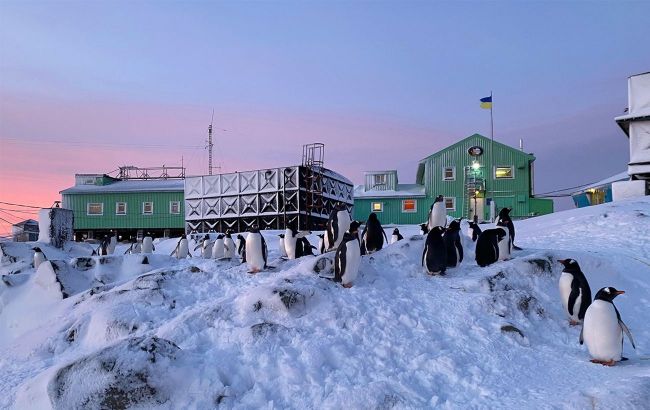 Thousands of penguins near the Ukrainian Akademik Vernadsky station (photo: facebook.com AntarcticCenter)
Thousands of penguins near the Ukrainian Akademik Vernadsky station (photo: facebook.com AntarcticCenter)
The polar explorers of the Akademik Vernadsky station have counted the number of penguins living near the station. According to scientists, the number of representatives of some species is increasing, according to the National Antarctic Scientific Center of Ukraine.
How many penguins have polar explorers counted
According to scientists from the Akademik Vernadsky Antarctic Station, almost 4,000 penguins now live on Galindez Island. This number was counted by Svitozar Davydenko, a biologist of the 29th UAE.
So far, the number is less than the record number of sub-Antarctic penguins on Galindez in the spring of 2024, when polar explorers counted about 7,000 birds.
In addition, it was found that most of the birds counted were sub-Antarctic penguins. According to the polar explorers, this species is increasingly invading the station's vicinity every year.
Tracking the number of birds helps to determine climate change. In particular, the migration of these birds over the past 20 years has become one of the proofs of warming in the Antarctic.
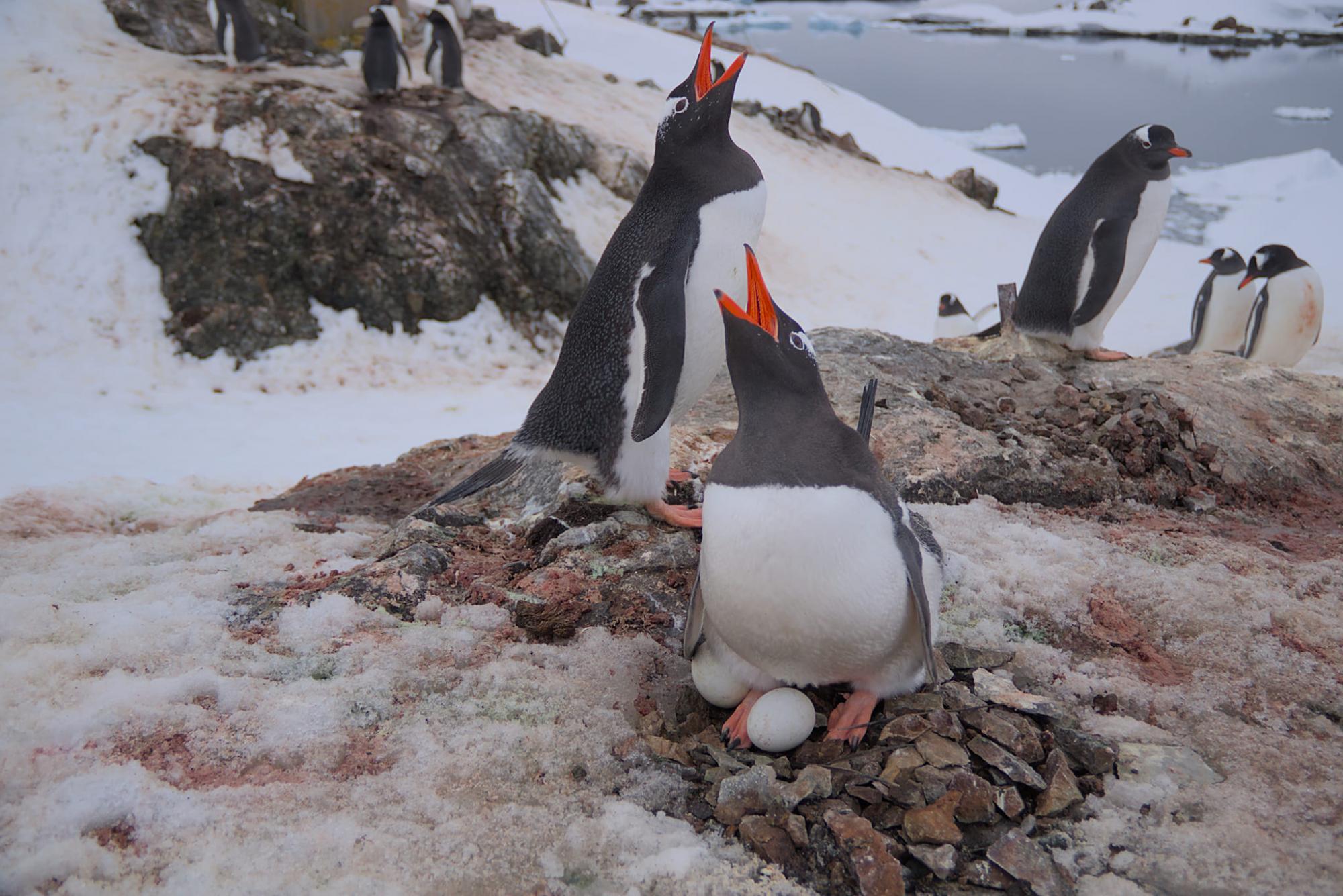 Penguins near the Akademik Vernadsky (photo: facebook.com AntarcticCenter, Anna Soina, Serhii Yermolenko, Oleksandr Bohomaz)
Penguins near the Akademik Vernadsky (photo: facebook.com AntarcticCenter, Anna Soina, Serhii Yermolenko, Oleksandr Bohomaz)
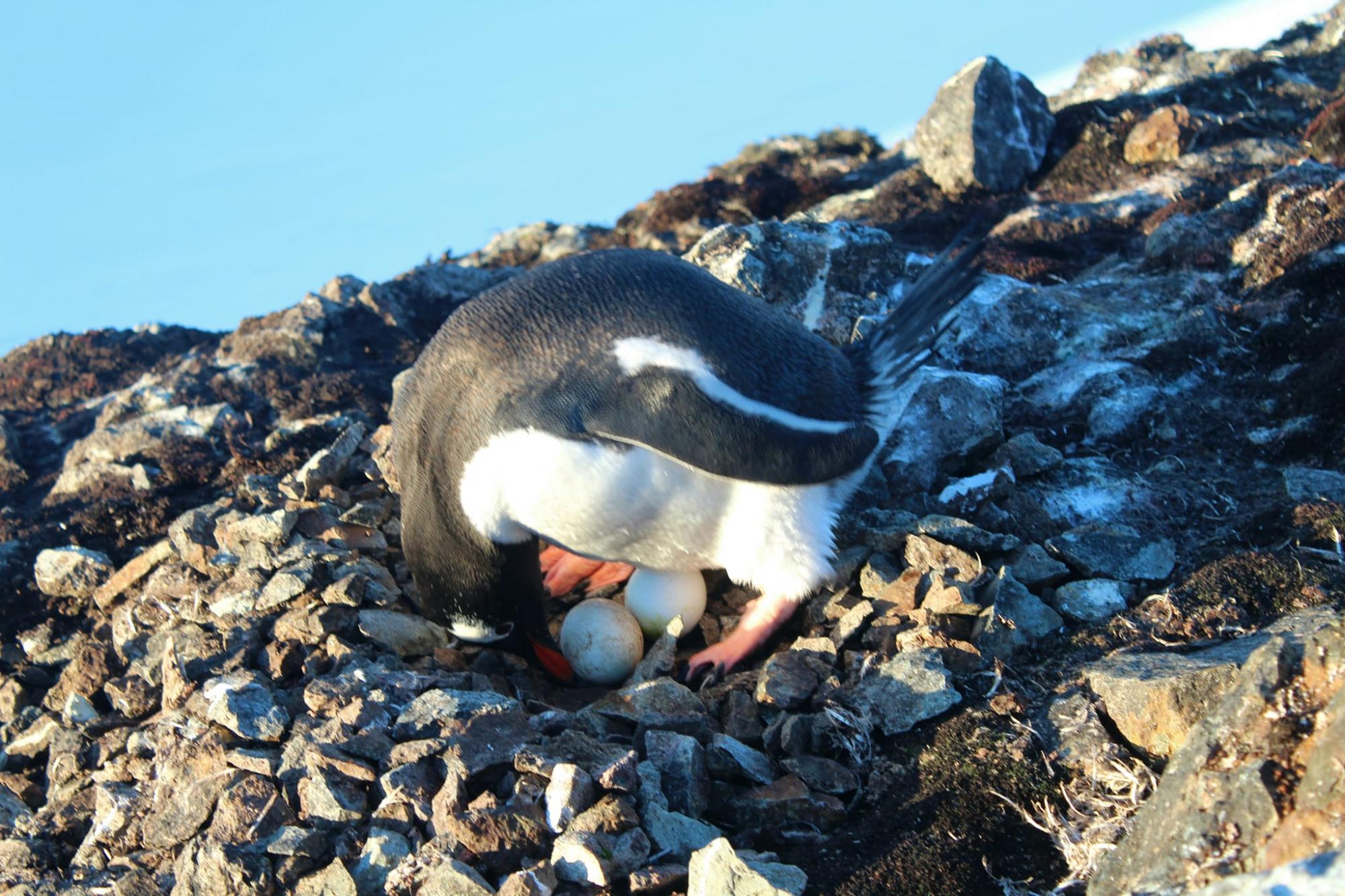 Penguins near the Akademik Vernadsky (photo: facebook.com AntarcticCenter, Anna Soina, Serhii Yermolenko, Oleksandr Bohomaz)
Penguins near the Akademik Vernadsky (photo: facebook.com AntarcticCenter, Anna Soina, Serhii Yermolenko, Oleksandr Bohomaz)
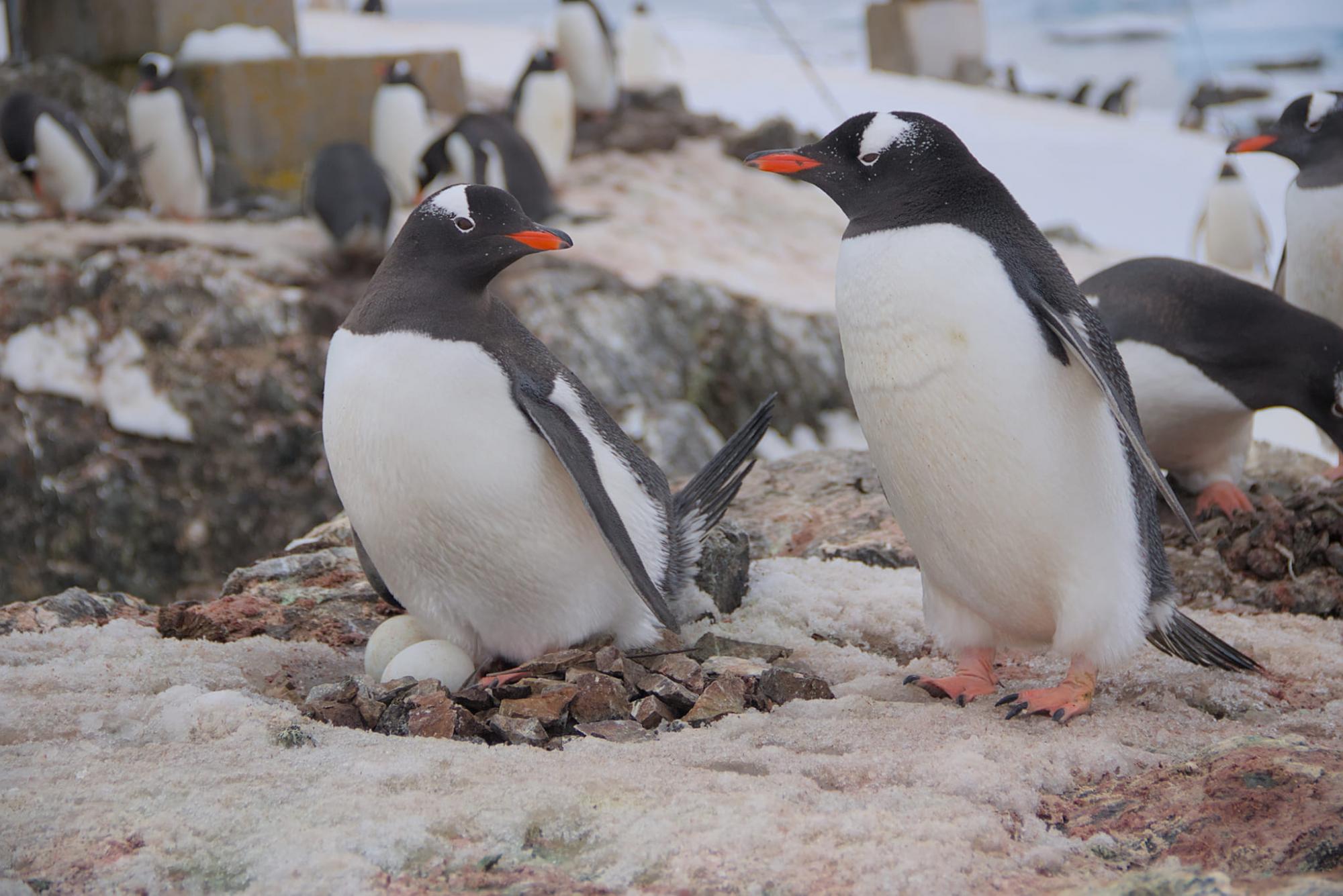 Penguins near the Akademik Vernadsky (photo: facebook.com AntarcticCenter, Anna Soina, Serhii Yermolenko, Oleksandr Bohomaz)
Penguins near the Akademik Vernadsky (photo: facebook.com AntarcticCenter, Anna Soina, Serhii Yermolenko, Oleksandr Bohomaz)
What penguins do near Akademik Vernadsky station
According to the polar explorers, the penguins are currently waiting for their future offspring by incubating eggs. It is estimated that eggs have already appeared in about 900 nests, mostly two in one nest.
The scientists noted that building a nest of stones is typical for sub-Antarctic penguins, while the emperor and king species of these birds warm their eggs on their feet. However, these two species are not permanent residents of the island - they can only sometimes be seen near the Akademik Vernadsky station.
 Penguins near the Akademik Vernadsky (photo: facebook.com AntarcticCenter, Anna Soina, Serhii Yermolenko, Oleksandr Bohomaz)
Penguins near the Akademik Vernadsky (photo: facebook.com AntarcticCenter, Anna Soina, Serhii Yermolenko, Oleksandr Bohomaz)
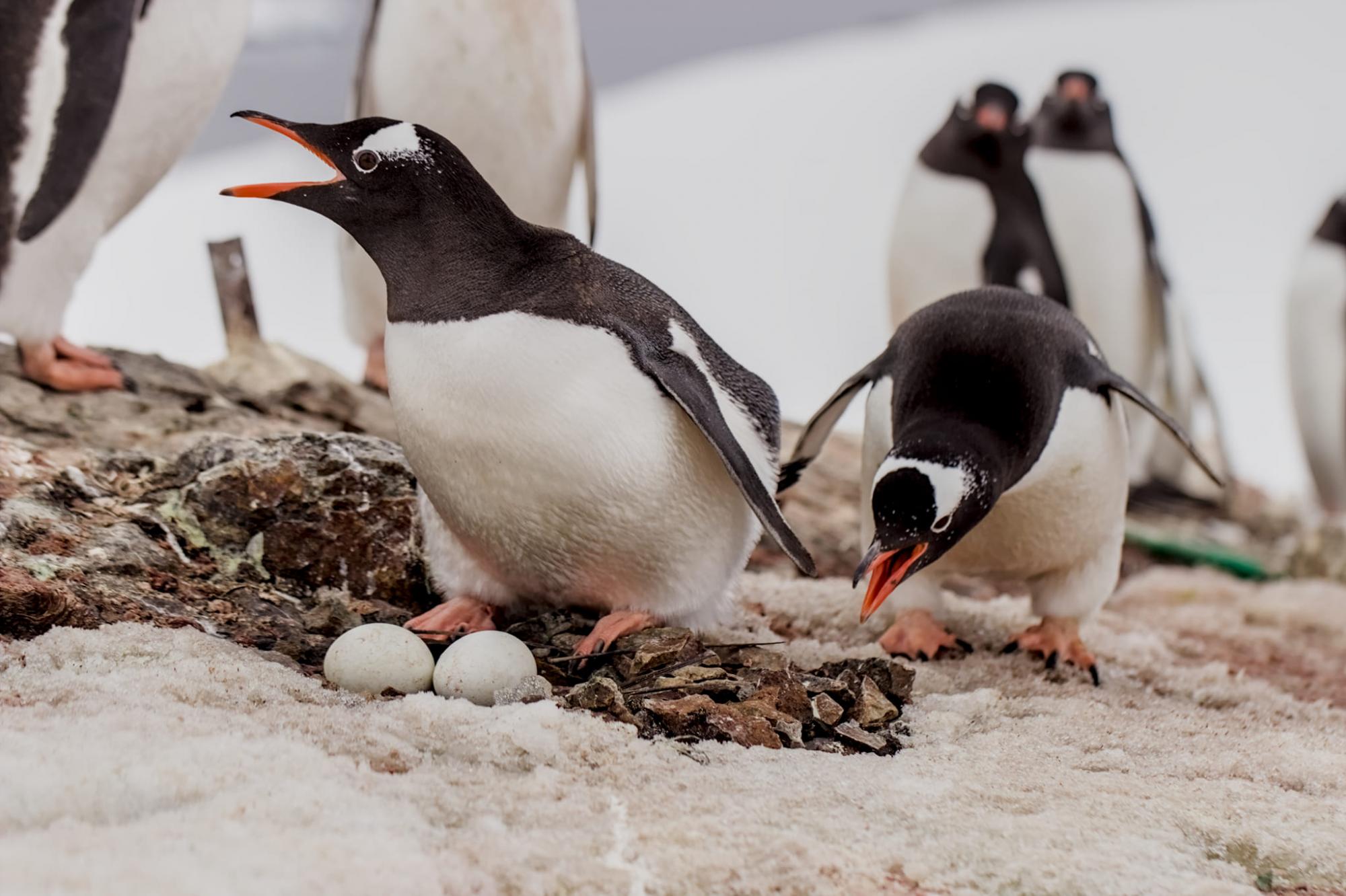 Penguins near the Akademik Vernadsky (photo: facebook.com AntarcticCenter, Anna Soina, Serhii Yermolenko, Oleksandr Bohomaz)
Penguins near the Akademik Vernadsky (photo: facebook.com AntarcticCenter, Anna Soina, Serhii Yermolenko, Oleksandr Bohomaz)
 Penguins near the Akademik Vernadsky (photo: facebook.com AntarcticCenter, Anna Soina, Serhii Yermolenko, Oleksandr Bohomaz)
Penguins near the Akademik Vernadsky (photo: facebook.com AntarcticCenter, Anna Soina, Serhii Yermolenko, Oleksandr Bohomaz)
In addition to sub-Antarctic penguins, representatives of the Antarctic penguin and Adélie penguin species make nests of stones. The birds take turns incubating their eggs - when one penguin goes hunting, the other stays in the nest. Then the birds change their duties.
In addition, the polar explorers clarified that the period of egg maturation is 34-36 days. Since, according to observations, the first eggs were laid in early November, chicks will appear by mid-December.
 Penguins near the Akademik Vernadsky (photo: facebook.com AntarcticCenter, Anna Soina, Serhii Yermolenko, Oleksandr Bohomaz)
Penguins near the Akademik Vernadsky (photo: facebook.com AntarcticCenter, Anna Soina, Serhii Yermolenko, Oleksandr Bohomaz)
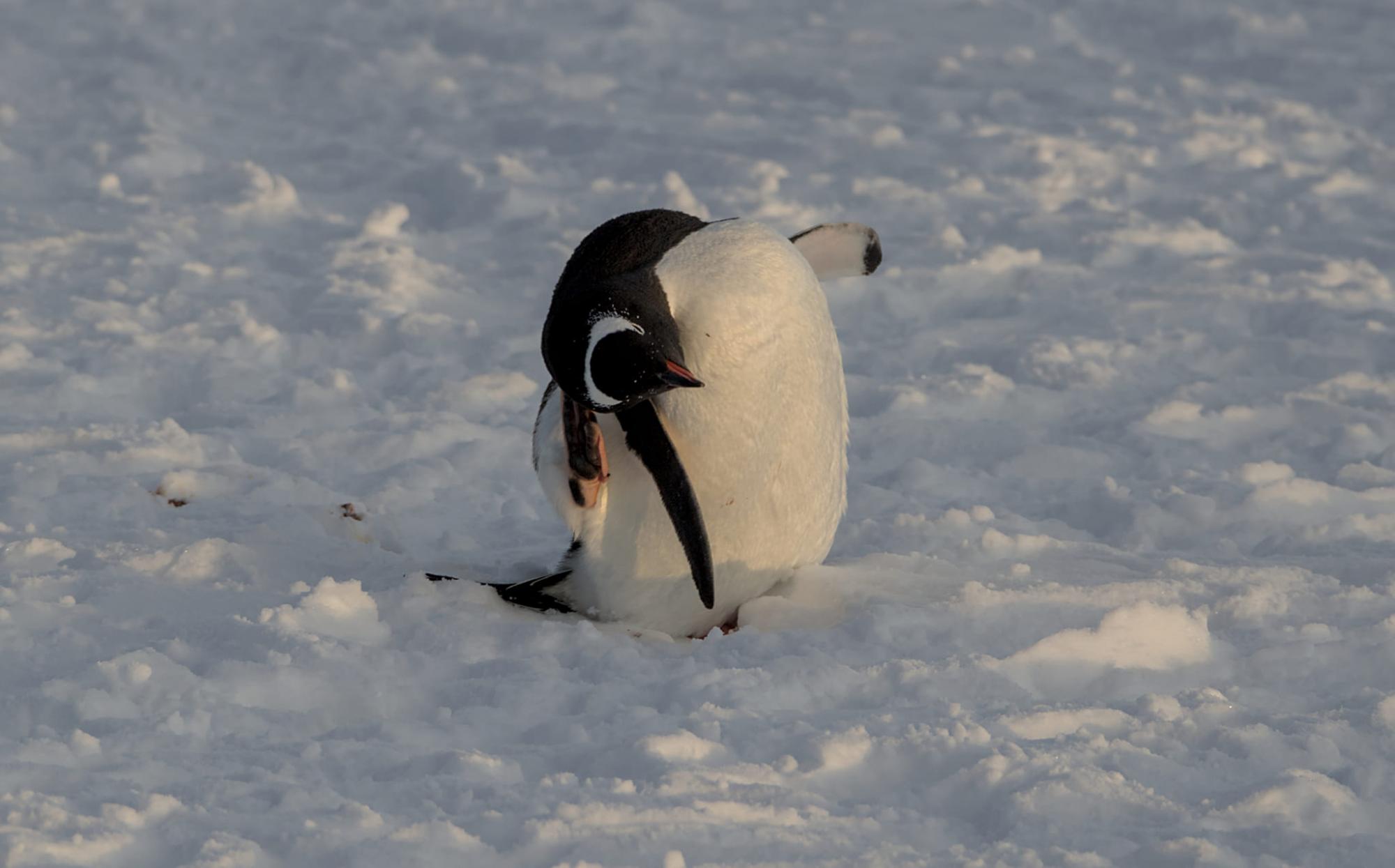 Penguins near the Akademik Vernadsky (photo: facebook.com AntarcticCenter, Anna Soina, Serhii Yermolenko, Oleksandr Bohomaz)
Penguins near the Akademik Vernadsky (photo: facebook.com AntarcticCenter, Anna Soina, Serhii Yermolenko, Oleksandr Bohomaz)
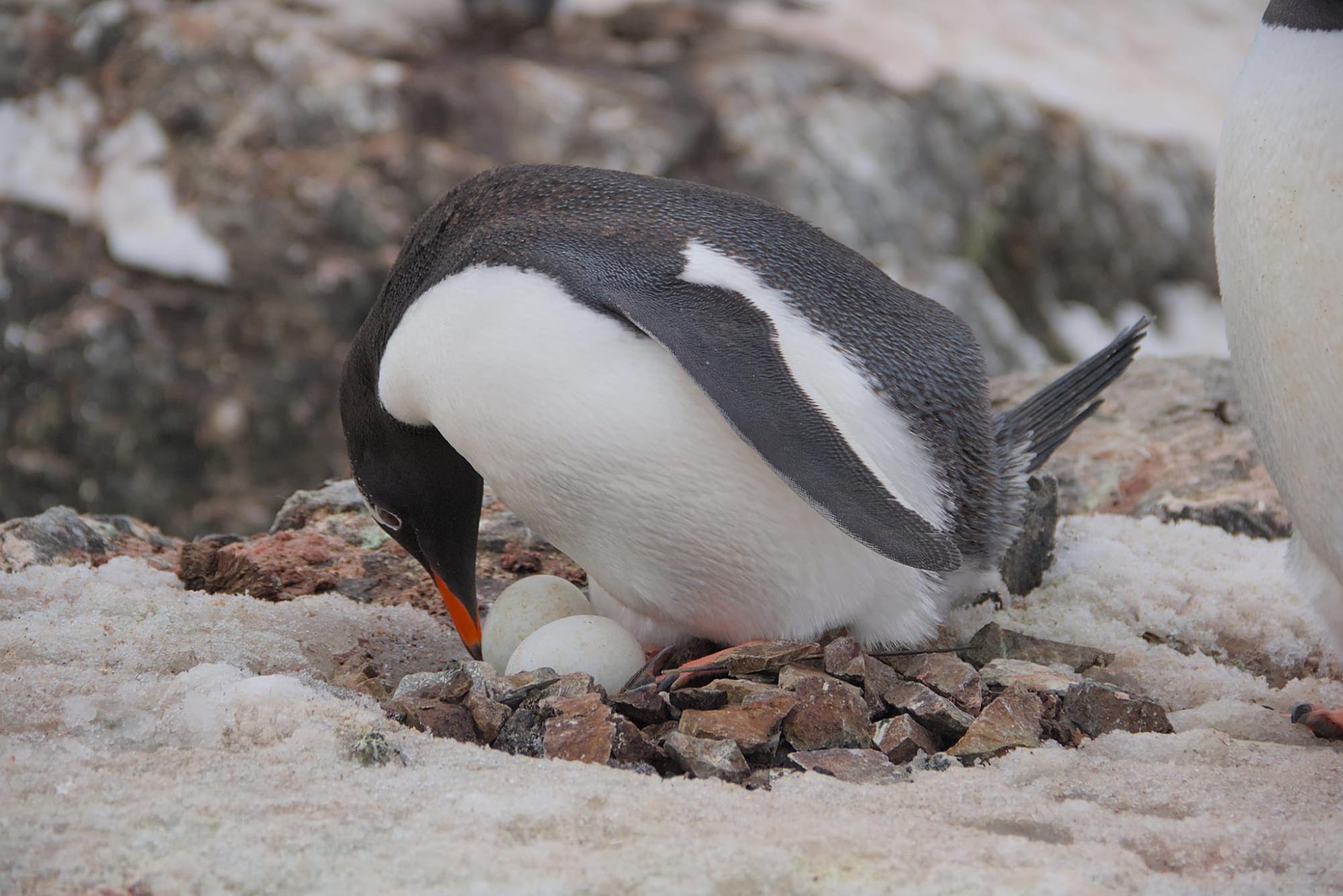 Penguins near the Akademik Vernadsky (photo: facebook.com AntarcticCenter, Anna Soina, Serhii Yermolenko, Oleksandr Bohomaz)
Penguins near the Akademik Vernadsky (photo: facebook.com AntarcticCenter, Anna Soina, Serhii Yermolenko, Oleksandr Bohomaz)
Earlier we wrote about how Ukrainian polar explorers caught the rare aurora borealis.
We also showed what animals surrounded the polar explorers' boat.

